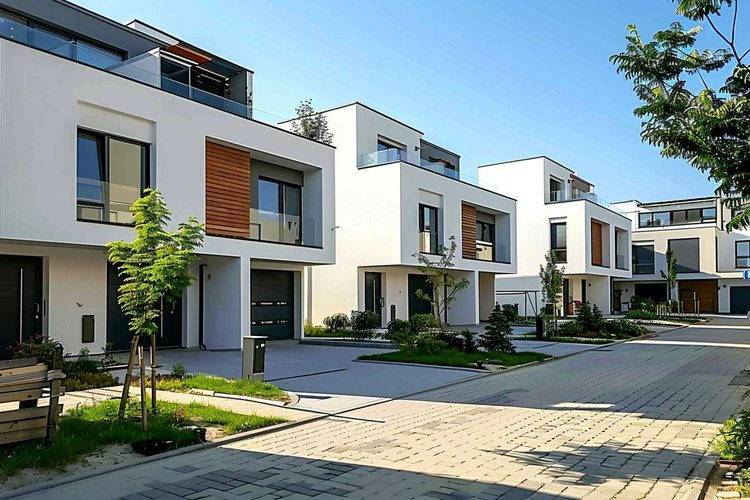Capitalizing on the Micro-Living Trend in Urban Real Estate
As urbanization continues to surge, a new trend is making waves in the real estate market—micro-living. This movement, which advocates for a minimalistic lifestyle, is revolutionizing city living and investment strategies. This article delves into the rise of micro-living, its implications for urban real estate, and how both buyers and investors can capitalize on it.

What is Micro-Living?
Micro-living, also known as small-space living, is a lifestyle trend that sees individuals, particularly city-dwellers, opting for smaller, more efficient living spaces. The concept isn’t new—it traces its roots back to densely populated Asian cities like Tokyo and Hong Kong. However, it’s gaining popularity in Western urban centers, driven by factors like high rent prices, changing lifestyles, and environmental awareness.
A Shift in Urban Housing Market
The rise of micro-living has impacted the urban housing market significantly. Micro-apartments, compact condos, and co-housing spaces are now in demand, especially among millennials and Gen Zers who value location over space. This shift has presented a lucrative investment opportunity for both developers and individual investors willing to adapt their strategies.
Advantages of Micro-Living Investments
Micro-living investments offer several benefits. First, they allow for a higher density of units in a given space, increasing potential rental income. Second, micro-units tend to attract reliable tenants—young professionals or students—who value convenience and proximity to city amenities. Lastly, these properties often have lower maintenance costs than traditional apartments, further enhancing their return on investment.
Challenges and Considerations
However, investing in micro-living isn’t without its challenges. Zoning laws in many cities still favor traditional housing, making it difficult to build or convert properties into micro-units. Moreover, while demand is currently high, it’s uncertain whether this trend will endure as millennials age and start families. Consequently, investors need to consider these factors and conduct thorough market research before committing.
The Potential Impact on the Real Estate Market
If the micro-living trend continues to grow, it could fundamentally reshape urban real estate—from the types of properties in demand to the strategies investors use. For buyers, it could provide a more affordable entry into the housing market. For sellers and investors, it could mean adjusting their offerings to cater to this new market segment.
In conclusion, the rise of micro-living presents both opportunities and challenges for the urban real estate market. As with any trend, it’s important to approach it with a balanced view, understanding both its potential benefits and risks. Regardless, it’s an exciting development that reflects the dynamic, ever-evolving nature of real estate.




